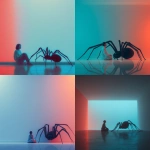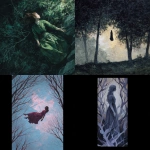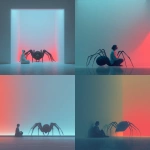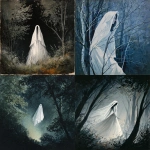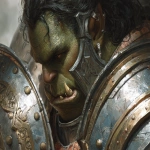Explore the Best AI Image Gallery

AI-Powered Design: Reshaping the Creative Landscape
The world of graphic design is undergoing a profound transformation, driven by the rapid advancements in artificial intelligence (AI). AI-powered tools are emerging as powerful assistants, augmenting the capabilities of human designers and pushing the boundaries of creative expression. This blog post delves into the exciting realm of AI in graphic design, exploring its impact on the creative industry, potential uses, ethical considerations, and future trends.
The Rise of AI in Graphic Design
AI algorithms are increasingly being used to automate repetitive design tasks, generate original content, and personalize visual experiences. From logo creation to website design, AI-powered tools offer a wide range of functionalities that can streamline workflows and enhance creative output.
Applications of AI in Graphic Design
- Logo Generation: AI algorithms can analyze brand guidelines and generate multiple logo variations based on specific preferences.
- Image Editing and Manipulation: AI-powered tools can automatically enhance images, remove backgrounds, and apply creative filters with precision.
- Typography and Font Design: AI can assist in selecting appropriate fonts for different projects and even generate new typeface designs.
- Web Design and Layout: AI can create website layouts based on user preferences and content structure, optimizing for user experience.
- Content Personalization: AI algorithms can analyze user data to personalize visual content, creating tailored experiences for individual viewers.
Benefits of AI in Graphic Design
The integration of AI into graphic design offers numerous benefits for both designers and clients:
- Increased Efficiency: AI automation can significantly reduce the time spent on repetitive tasks, allowing designers to focus on more creative endeavors.
- Enhanced Creativity: AI tools can generate innovative ideas and explore unconventional design solutions, expanding the creative possibilities.
- Cost Savings: Automating design tasks can lead to cost savings for businesses, as fewer human resources may be required.
- Improved User Experience: AI-powered personalization can create more engaging and relevant visual experiences for users.
Ethical Considerations
As with any powerful technology, the use of AI in graphic design raises ethical considerations that must be addressed:
- Job displacement: There are concerns that AI-powered tools may automate tasks currently performed by human designers, potentially leading to job losses.
- Bias and Fairness: AI algorithms can inherit biases from the data they are trained on, which may result in unfair or discriminatory design outcomes.
- Copyright and Ownership: The question of copyright ownership for designs created by AI remains a complex legal issue.
- Transparency and Accountability: It is important to ensure that the decision-making processes of AI tools are transparent and accountable, allowing for human oversight and intervention.
Future Trends in AI-Powered Design
The field of AI in graphic design is constantly evolving, with several exciting trends on the horizon:
- Generative Design: AI algorithms will become even more sophisticated at generating original designs based on user inputs and design principles.
- Real-Time Collaboration: AI-powered tools will facilitate seamless collaboration between designers, clients, and stakeholders in real time.
- Immersive Design Experiences: AI will enable the creation of immersive design experiences using virtual reality (VR) and augmented reality (AR).
- Personalized Branding: AI will play a key role in creating personalized branding experiences that cater to individual customer preferences.
Conclusion
AI is transforming the landscape of graphic design, offering exciting possibilities for enhanced creativity, efficiency, and personalization. While ethical considerations must be carefully addressed, the potential benefits of AI-powered design are vast. As this technology continues to evolve, it will undoubtedly shape the future of creative expression and visual communication.

](https://images.ai-img.art/thumbnails/150/0b4c2ca8fd3b2962df2206ca8810fdae99efcdfc1a9b8aa68a113d256347af4f.webp)

](https://images.ai-img.art/thumbnails/150/96a508d95e7379269fe047fb05a8b984468c71039b86d4b2081b6b4eebed1b65.webp)

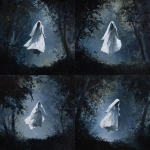
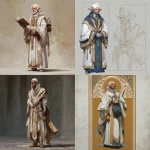

](https://images.ai-img.art/thumbnails/150/3dfec1f7632cb4fdab02c2b2738cd475c9ad3d3e5a44e189365504a6896257e5.webp)

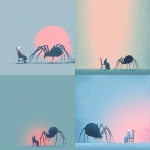
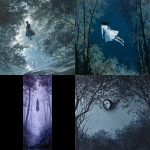
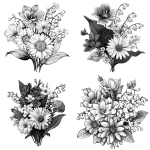
](https://images.ai-img.art/thumbnails/150/cc041db2ba44df3a2e110a04455c0fdf49948bd67b77c022669df3888598468a.webp)
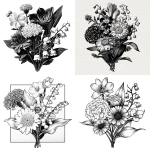
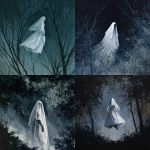
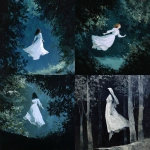
](https://images.ai-img.art/thumbnails/150/883252ab14abf449fba143e8d015b52b6505022ee5604f20e930fea350435cff.webp)
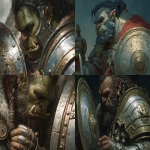
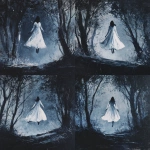
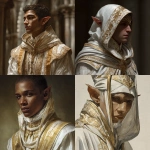
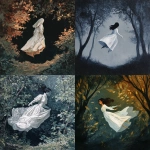

](https://images.ai-img.art/thumbnails/150/40f5616ec109375a4883745aaff6fff89d478c5edd1780ba62f32268b6f0e47a.webp)
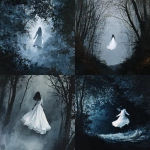

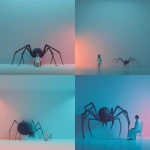

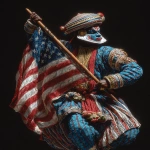




](https://images.ai-img.art/thumbnails/150/ad3cb3100f90e6de3389b2120c30dfebc1ecb4df72654cc0054142252adad55e.webp)
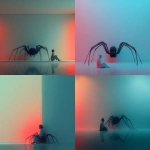
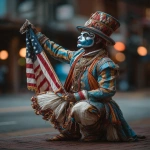
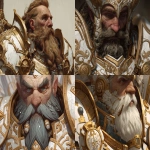


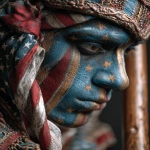
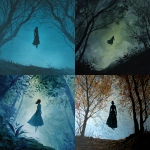

](https://images.ai-img.art/thumbnails/150/22a89c3014358777d6ad4d354d18a54c5f6f12afba558ff75c91b8eb4053130a.webp)
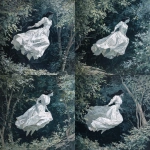
](https://images.ai-img.art/thumbnails/150/b479c71b9ce8c42d36eb158c561ae1646c708454c4ba90e72fd68296c6f57a52.webp)
